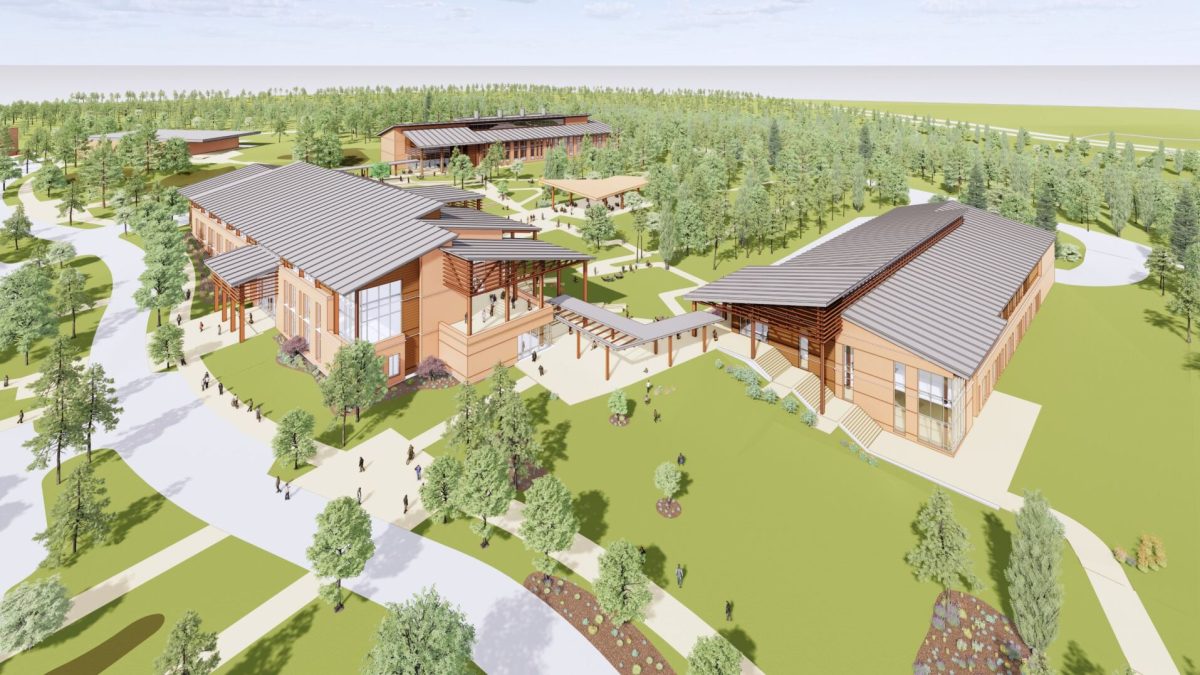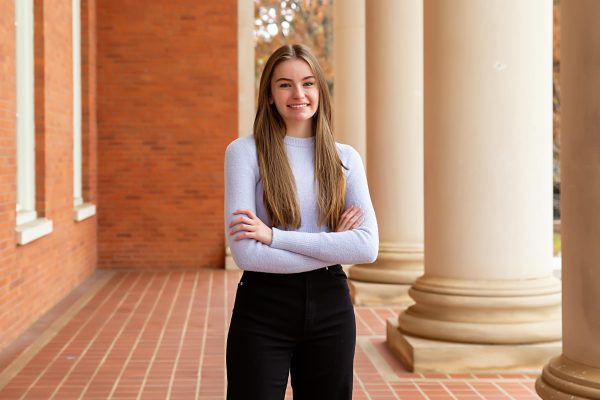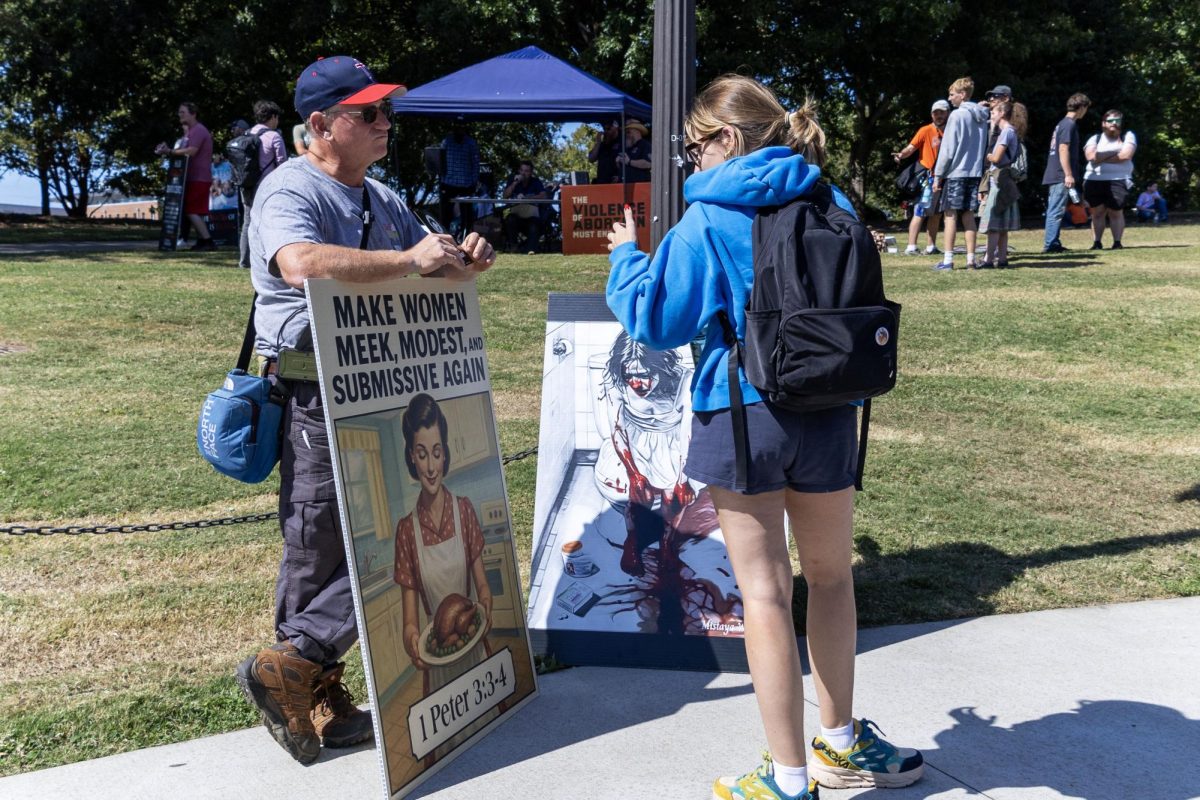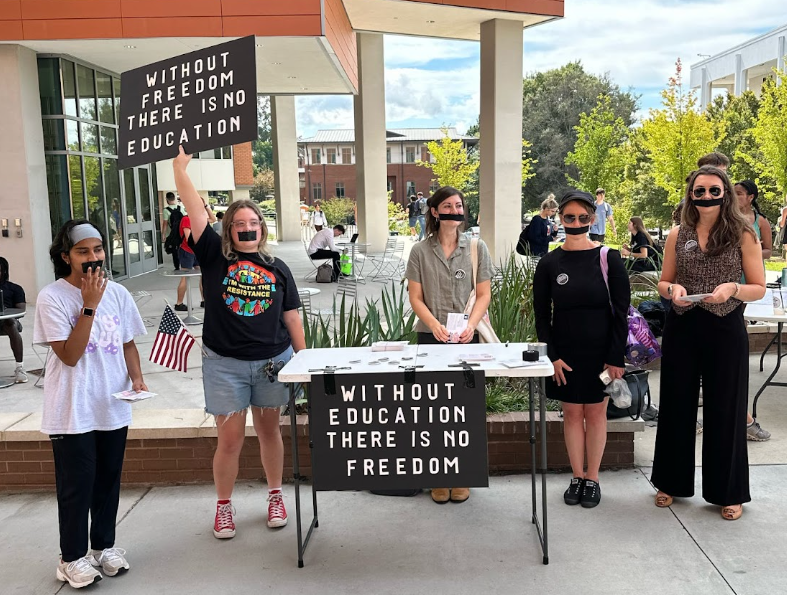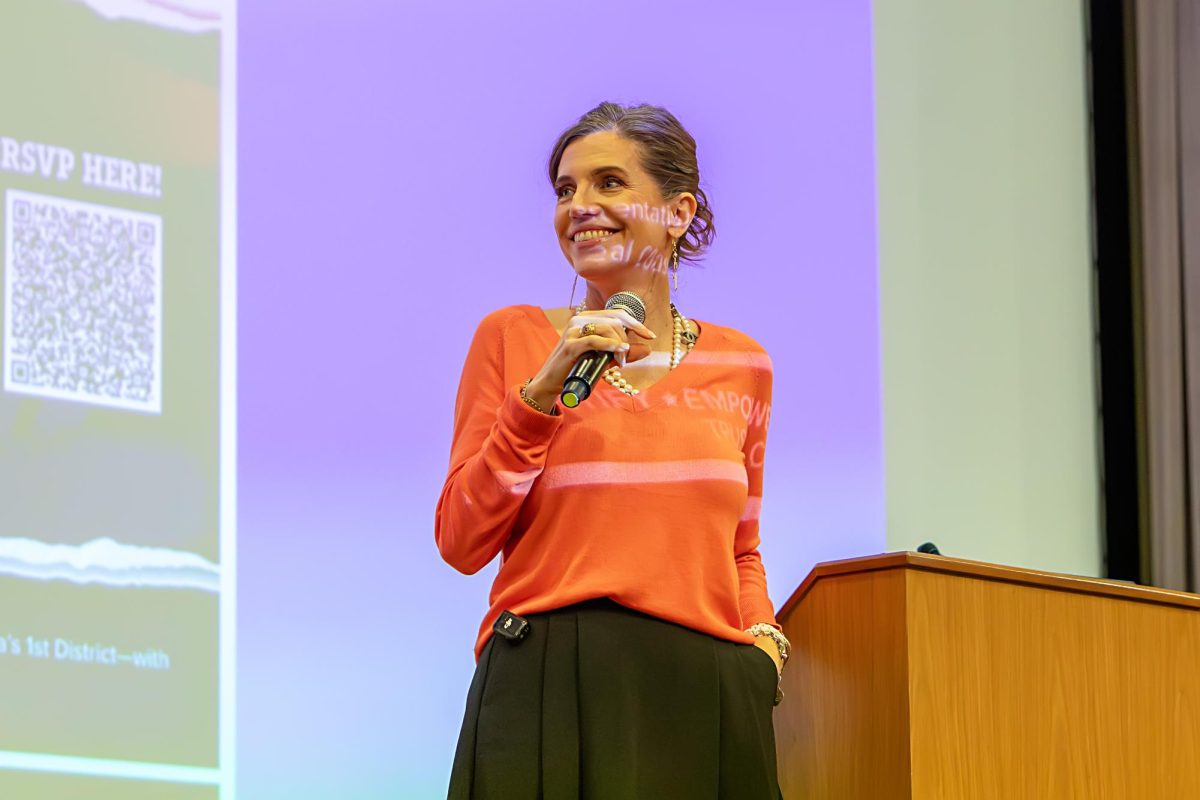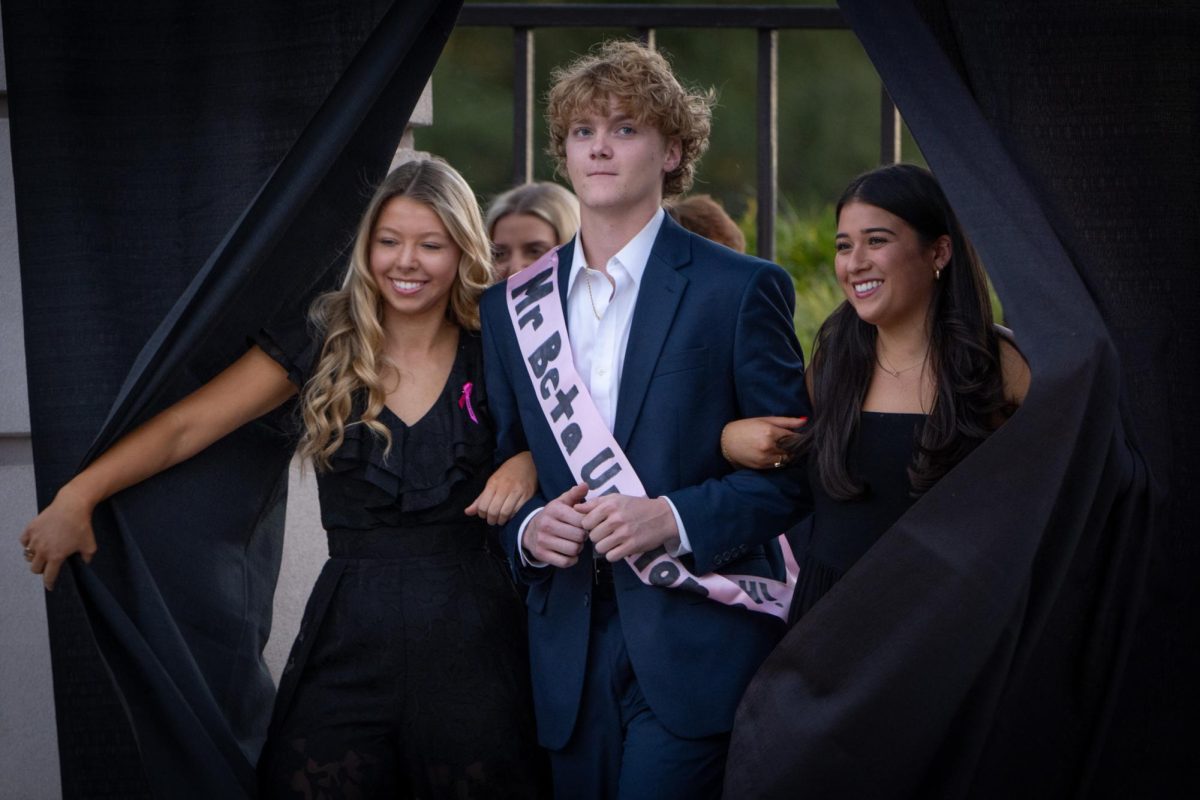Clemson University broke ground at the site of the first veterinary school in South Carolina on Friday, Nov. 22.
The ceremony was held on the future site of the College of Veterinary Medicine located on West Queen Street in Pendleton. Jim Clements, University president, and Steven Marks, founding dean, were in attendance. The two offered their gratitude and excitement for this historical advancement in South Carolina history.
The board of trustees approved the name of the college during the ceremony: Harvey S. Peeler Jr. College of Veterinary Medicine. Peeler was a 1970 Clemson graduate and proponent for the development of the veterinary college. He also served as a senator in the South Carolina General Assembly.
“This is not just about education — it is about taking care of our animals, supporting our farmers, growing our economy and filling the need for veterinarians in South Carolina,” Peeler noted during the ceremony, emphasizing the importance of the institution.
The Clemson Board of Trustees voted to establish the College of Veterinary Medicine as the newest college at the University and began preparing and clearing the site in March.
The college was founded with the purpose of aiding the growing issue of veterinarian shortages in the state of South Carolina, where no current veterinary college is established. The state has struggled to provide enough services to its residents.
With the college’s establishment, there is a newfound hope for more expansive and personalized veterinary care.
“There is only one vet for every 2,053 animals, pets and livestock in the state of South Carolina,” President Clements said in his speech during the ceremony, also noting the importance of this institution and the influence it will bring to the state of South Carolina and its shortage of veterinary services.
The site will hold six buildings to facilitate students with adequate resources for learning and collaboration, including a hub, a clinical teaching building, research building, ambulatory service building, equine teaching building and farm animal teaching building.
The process of hiring faculty and staff for the college is still in progress and will continue until the opening of the college in the fall of 2026 with its first class of 80 students.



